Senior Economic Adviser to the President, Duminda Hulangamuwa, said that the proposed 30% tariff on Sri Lankan exports to the United States is not a flat rate, but an additional levy imposed on top of existing import duties, raising potential total duties on garments to as much as 40%.
Speaking to the media yesterday, Hulangamuwa explained that the new tariff is layered over existing import rates, which vary by product under the Harmonised System (HS) codes.
“For example, if a garment currently attracts a 10% duty, the new rate would total 40% after adding the 30% surcharge,” he said.
Garment exports, which account for $1.2 billion of Sri Lanka’s $3 billion in total exports to the US, face stiff competition from countries like Bangladesh, Vietnam, India, and Cambodia—many of which are also subject to high but varying tariff levels under the new US trade policy.
Noting that Sri Lanka’s apparel industry operates in a niche segment that offers some insulation in terms of pricing and quality, he emphasized the urgency of negotiating a competitive tariff structure to retain the country’s position in the US market.
He also highlighted that the tariff impact on US consumers would be modest, since duties are calculated on the free-on-board (FOB) value of goods—not the final retail price.
“If a garment sells at $35 in the US, the FOB price might be only $6–7, so the tariff applies to that lower value,” he noted.
Hulangamuwa cautioned that shifting away from the US market is not a practical short-term solution.
“This is a $3 billion market and we cannot replace it overnight,” he said, while still encouraging longer-term diversification to reduce dependency.
He further confirmed that negotiations with the US are ongoing and reiterated Sri Lanka’s commitment to diplomacy over confrontation.
“We’re not retaliating with counter-tariffs. Our aim is to secure the best possible deal through cooperation, not conflict,” he added.
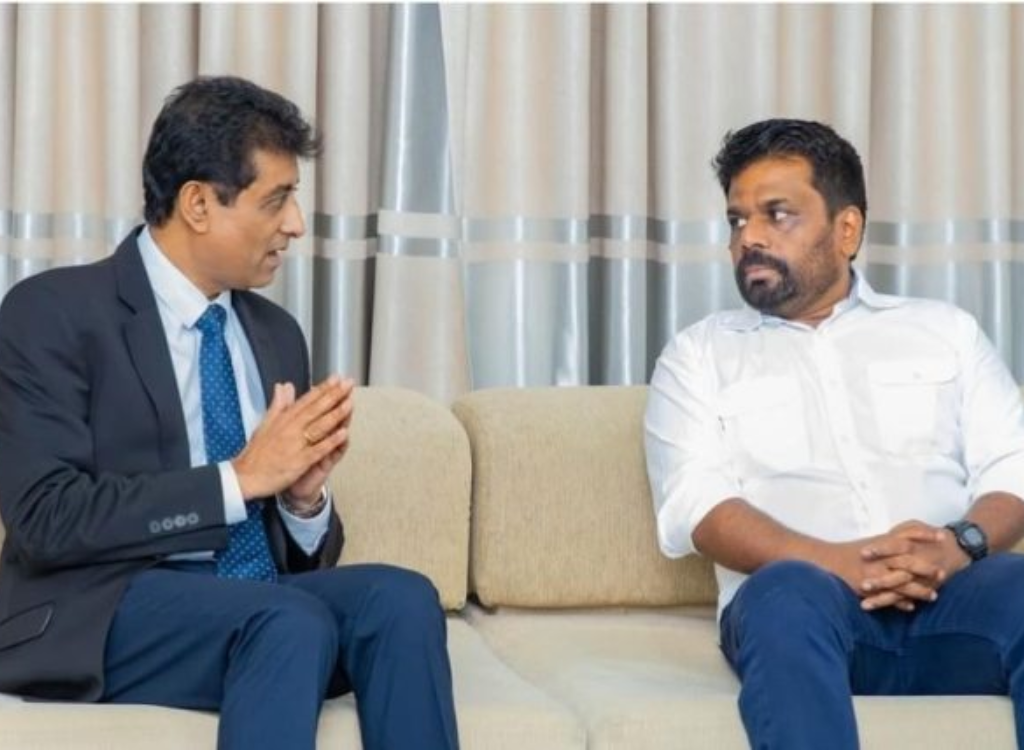
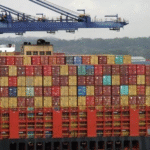
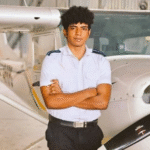
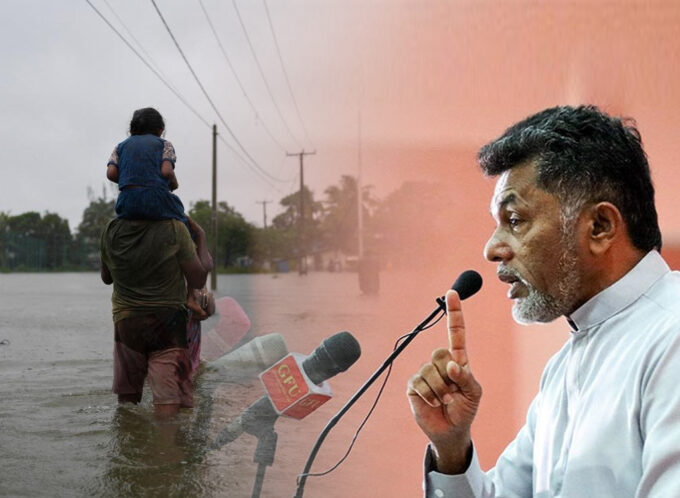


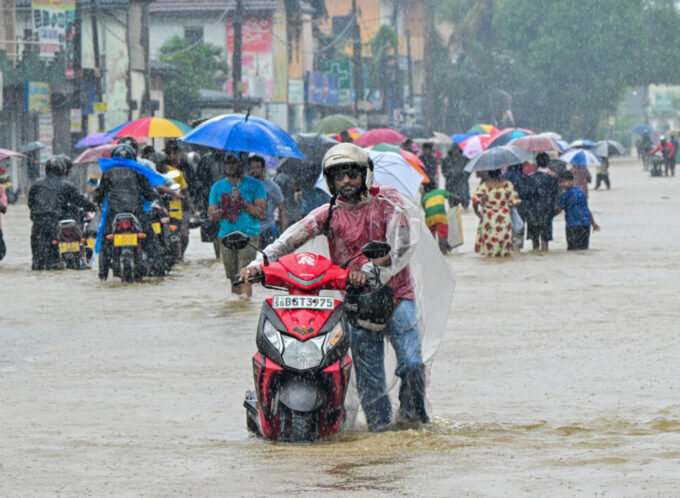

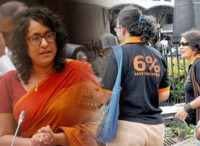
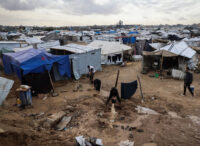

Leave a comment